COOKER HOOD
A cooker hood in a small apartment
An exhaust hood, cooker hood, extractor hood, or range hood is a device containing a mechanical fan that hangs above the stove or cooktop in the kitchen. It removes airborne grease, combustion products, fumes, smoke, heat, and steam from the air by evacuation of the air and filtration.
In commercial kitchens exhaust hoods are often used in combination with fire suppression devices so that fumes from a grease fire are properly vented and the fire is put out quickly. Commercial vent hoods may also be combined with a fresh air fan that draws in exterior air, circulating it with the cooking fumes, which is then drawn out by the hood.
In most exhaust hoods, a filtration system removes grease (the grease trap) and other particles. Although many vent hoods exhaust air to the outside, some recirculate the air to the kitchen. In a recirculating system, filters may be used to remove odors in addition to the grease.
A cooker hood consists of three main components: a skirt or capture panel to contain the rising gases (also known as the “effluent plume”), one or more grease filters, and a fan or tangential blower for forced ventilation.
There are two major configurations of extractor hoods: ducted (or vented) application, and ductless (or recirculating) application. In a ducted application, the output collar of the extractor hood’s blower motor is attached to a duct system, which terminates outside the building. In a ductless application, a filter, often containing activated charcoal, removes odor and smoke particles from the air before releasing the cleaned air back into the kitchen.
A ducted system allows for removal of all forms of airborne contamination, while a ductless one recirculates heat and moisture into the kitchen. In addition, a ducted application eliminates the need for regular replacement of the filters, and avoids the airflow restriction (and resultant loss of power) caused by them. However, ducted application can be impractical, due to lack of space or ability to install a duct system, make-up air requirements, or the additional cost of heating/cooling the make-up air. Some range hood designs allow for both types of applications.
Exhaust hoods almost always include built-in lighting to illuminate the cooking surface. In addition, some manufacturers offer matching accessories, such as backsplash panels, pot racks, shelf units, or dish racks. The main advantage of an extractor hood is that it can easily filter the airflow, without harming the edible materials and can be easily installed if it is semi-automatic.
Extractor hoods controls are typically electronic, though some low-end models use electromechanical controls. Extractor hoods with electronic controls can offer remote control, motorized height adjustment, thermal sensor, overheat protection, boost mode, delayed shut-off, filter cleaning reminder, active noise cancellation, temperature display, user presets (memory), and so on.
Extractor hoods may be made from a variety of materials, including: stainless steel, copper, bronze, nickel silver, zinc, tempered glass, wood, aluminum, brass, heat-resistant plastics, and more.

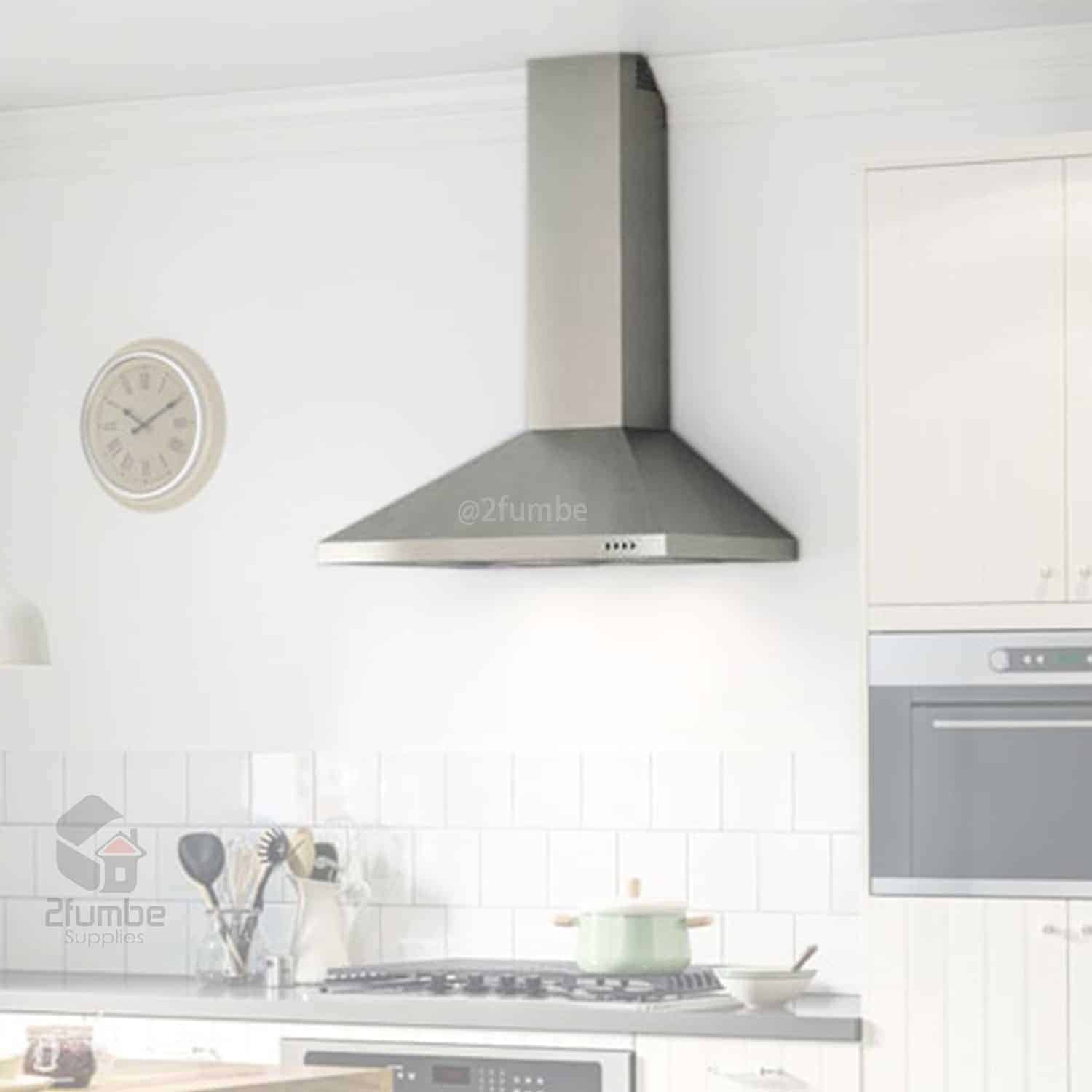
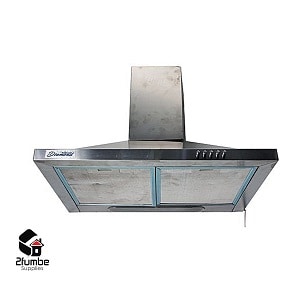
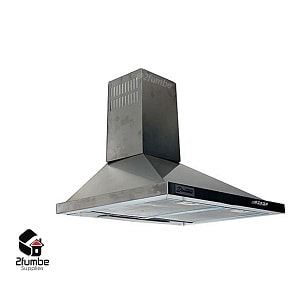
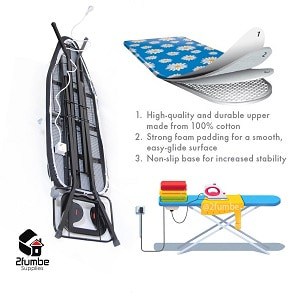

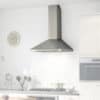
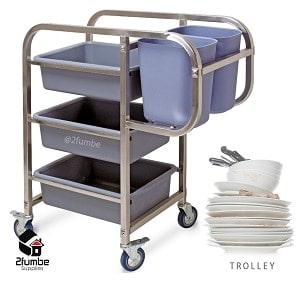
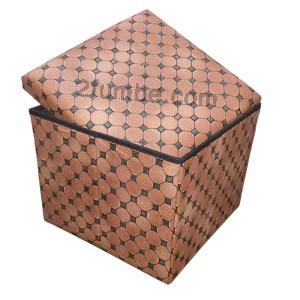
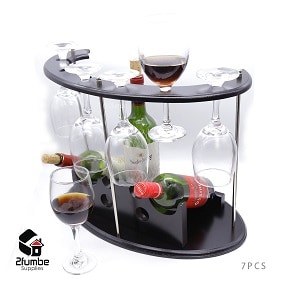
Reviews
There are no reviews yet.